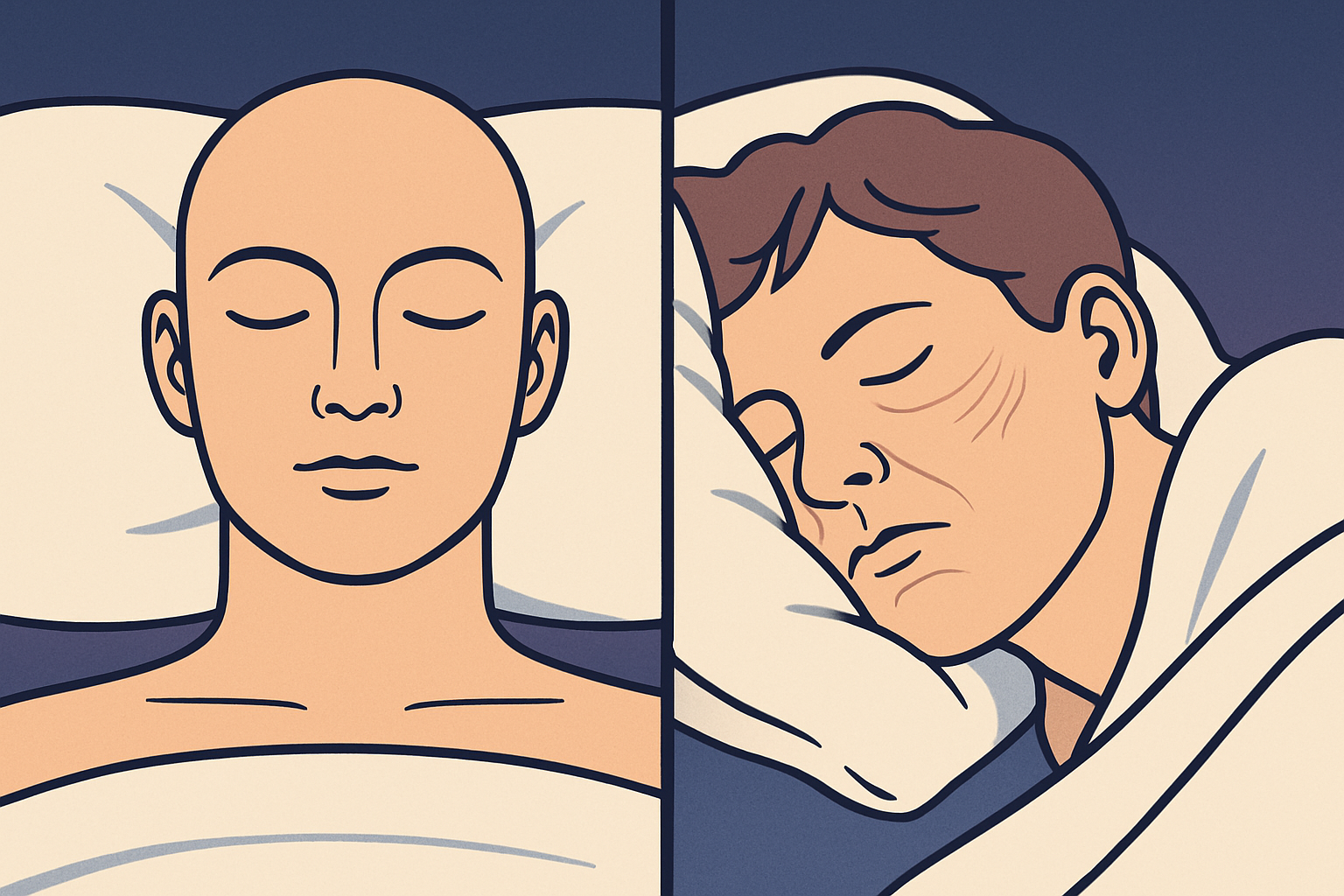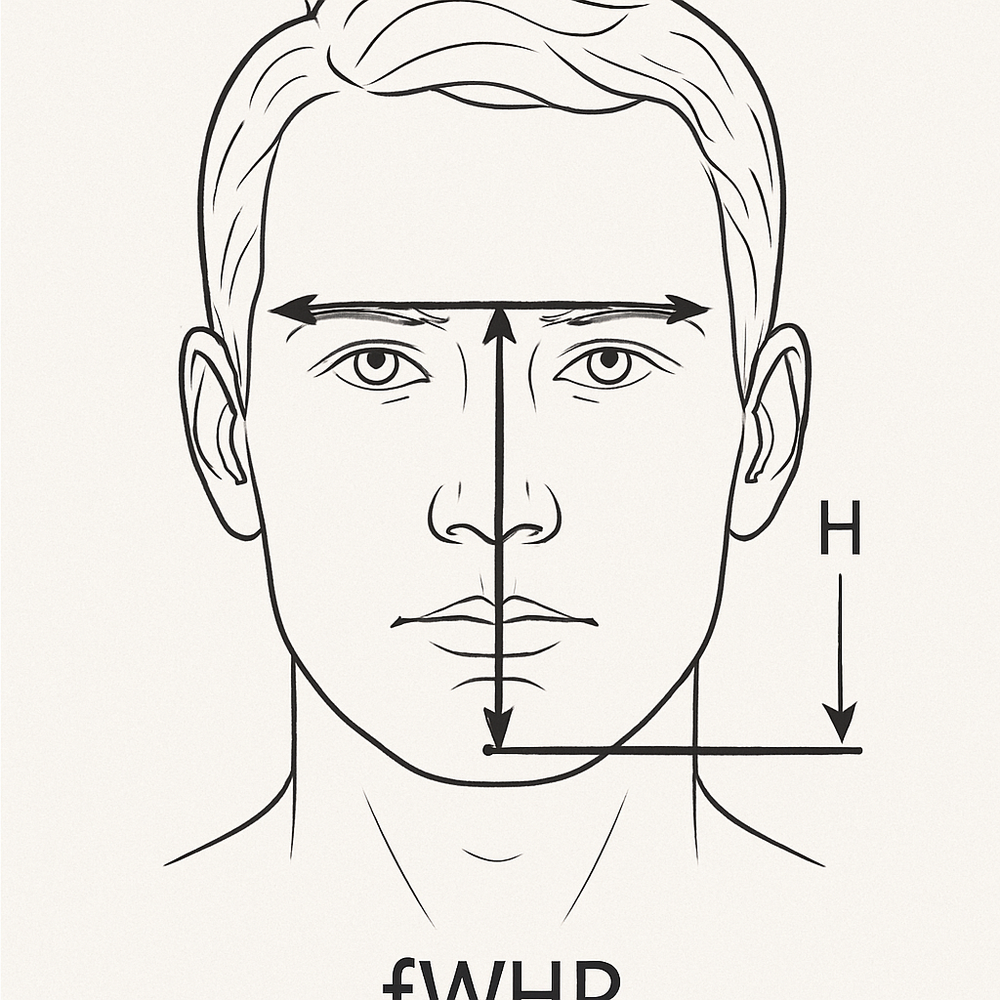When it comes to physical characteristics, our faces are like unique canvases that reflect our individuality. From the shape of our eyes to the contours of our jawline, each feature tells a story. One such intriguing aspect is the influence of testosterone on our facial appearance.
The Role of Testosterone
Testosterone, the primary male sex hormone, plays a crucial role in the development and maintenance of male characteristics. It not only affects our physical attributes but also influences our behavior and overall well-being. While testosterone is present in both males and females, it is more abundant in males, shaping their distinct facial features.
Strong Jawline
One of the most noticeable high testosterone face features is a strong and chiseled jawline. Testosterone promotes the growth of facial bones, resulting in a more pronounced and angular jaw. This feature is often associated with masculinity and is admired for its perceived strength and attractiveness.
Prominent Brow Ridge
Another characteristic feature influenced by testosterone is a prominent brow ridge. This refers to the bony ridge above the eyes, which appears more pronounced in individuals with higher testosterone levels. This feature is commonly associated with strength and dominance, giving the face a more rugged and masculine look.
Facial Hair Growth
Testosterone is responsible for stimulating facial hair growth, leading to the development of a beard and mustache. Higher testosterone levels often result in thicker and denser facial hair, contributing to a more mature and masculine appearance. However, it’s important to note that genetics also play a significant role in determining the extent and pattern of facial hair growth.
Thicker Neck
Testosterone influences muscle development, including the muscles in the neck area. Men with higher testosterone levels tend to have thicker neck muscles, giving their necks a more robust and muscular appearance. This feature is often associated with physical strength and athleticism.
Broader Jaw and Cheekbones
Testosterone not only affects the jawline but also influences the width and structure of the jaw and cheekbones. Higher testosterone levels can lead to a broader jaw and more prominent cheekbones, contributing to a more defined and sculpted facial structure.
Increased Facial Symmetry
Studies have shown that individuals with higher testosterone levels tend to have more symmetrical faces. Facial symmetry is often associated with attractiveness and is considered a desirable trait. Testosterone plays a role in the development of facial bones and muscles, which contributes to overall facial symmetry.
Conclusion
Our faces are a reflection of our unique genetic makeup and the influence of hormones such as testosterone. High testosterone levels can result in distinct facial features such as a strong jawline, prominent brow ridge, facial hair growth, thicker neck muscles, broader jaw and cheekbones, and increased facial symmetry. These features are often associated with masculinity and are considered attractive by many. However, it’s important to remember that beauty and attractiveness are subjective, and each individual possesses their own unique charm and appeal.
So, embrace your facial features, for they are a testament to your individuality and the fascinating interplay of genetics and hormones.




